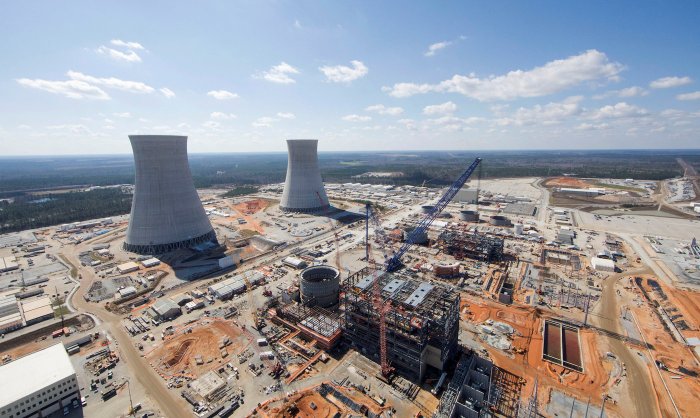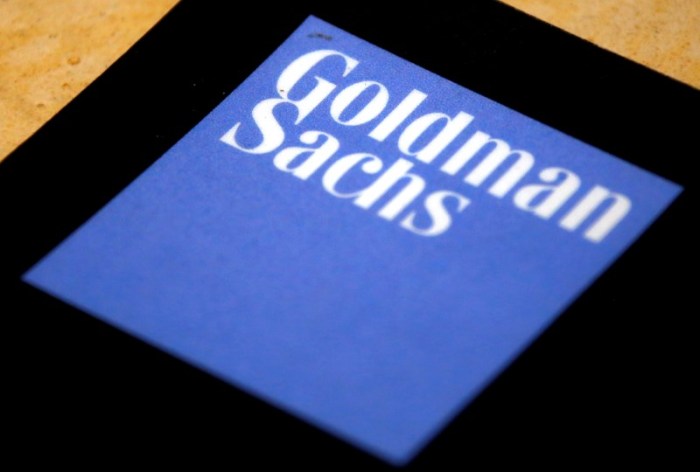By Lucia Mutikani
WASHINGTON (Reuters) – U.S. private employers maintained a steady pace of hiring in August and contracts to buy previously owned homes surged in July, suggesting the economy was regaining sufficient momentum for the Federal Reserve to raise interest rates this year. Other data on Wednesday showed a sharp moderation in factory activity in the Midwest this month amid shrinking order books, indicating the manufacturing sector continued to be hobbled by the residual effects of a strong dollar and oil price slump. “This should give the Fed confidence that the economy is strong enough to generate new employment and importantly, that the economy has enough forward momentum to withstand an interest rate hike,” said Chris Rupkey, chief economist at MUFG Union Bank in New York. The ADP National Employment Report showed private payrolls increased 177,000 jobs this month after rising 194,000 in July. August’s gain was in line with economists’ expectations.
The services sector accounted for all the increase, with construction shedding another 2,000 jobs on top of the 5,000 positions lost in July. Manufacturing payrolls were flat after rising by 5,000 jobs in July. The ADP report, which is jointly developed with Moody’s Analytics, was published ahead of the government’s more comprehensive employment report for August due on Friday.
According to a Reuters survey of economists, nonfarm payrolls likely increased by 180,000 jobs in August after rising 255,000 in July. August’s anticipated step-down in job gains follows two straight months of payroll increases above 250,000. Economists say with the labor market near full employment and the economy’s recovery from the 2007-09 recession showing signs of aging, a moderation in job growth is normal.
The dollar rose to a three-week high against a basket of currencies, while prices for U.S. government debt fell marginally. U.S. stocks were trading lower as the stronger dollar weighed on oil prices and materials companies. FAVORABLE DATA
The U.S. central bank hiked interest rates at the end of last year for the first time in nearly a decade, but has held them steady since amid concerns over persistently low inflation.
But with data ranging from consumer spending to housing and industrial production suggesting the economy has regained speed after sputtering in the first half of the year, most economists expect another rate hike in December. The Atlanta Fed is currently forecasting third-quarter gross domestic product rising at a 3.5 percent annual rate.
That upbeat assessment of the economy was further bolstered by a second report on Wednesday showing that contracts to buy previously owned homes surged in July after two straight months of declines as demand rose almost across the board. The National Association of Realtors said its Pending Home Sales Index, based on contracts signed last month, increased 1.3 percent to its second highest reading in over a decade.
Pending home contracts become sales after a month or two, and last month’s data implied a pickup in home resales after they declined 3.2 percent in July. Economists had forecast pending home sales rising only 0.6 percent last month. “The latest rise suggests some improvement in existing home sales,” said Kevin Cummins, senior economist at RBS in Stamford Connecticut. “However, we may not see all of the latest reported increase filter through as quickly as it usually does since there appears to be some delays in the pipeline.” Demand for housing is being driven by the labor market, which is steadily generating increases in wages as it nears full employment. Sales, however, are being constrained by tight inventories and high prices, which are causing appraisal complications, delaying the closing of contracts. Data on house prices, residential construction, new home sales and home builders’ confidence have been upbeat in recent months. Pending home sales rose 1.4 percent from a year ago. Contracts increased 0.8 percent in the Northeast and jumped 7.3 percent in the West. They gained 0.8 percent in the South, but fell 2.9 percent in the Midwest. But the manufacturing sector is lagging gains in the economy as factories continue to process the lingering effects of the dollar’s past rally and oil price collapse. In addition, the sector which accounts for about 12 percent of the economy, has been hamstrung by weak global demand and an inventory correction in the United States. In a third report, the Institute for Supply Management-Chicago said its business barometer fell 4.3 points to 51.5 in August. A reading above 50 indicates expansion in factory activity in the automotive-heavy region. Order backlogs tumbled 14.5 points, falling back into
contraction territory. New orders and production also weighed on the index, although both remained in expansion.
Supplier deliveries were little changed and factory employment rose to its highest level since April 2015.
“U.S. manufacturing has struggled to gain traction following the appreciation of the dollar in 2014 and 2015 and the collapse of drilling and mining activity in the U.S.,” said Rob Martin, an economist at Barclays in New York. “We expect manufacturing activity to improve just a touch over the rest of this year.” (Reporting by Lucia Mutikani; Additional reporting by Chuck Mikolajczak in New York; Editing by Andrea Ricci)
U.S. private payrolls rise solidly; pending home sales jump

By Lucia Mutikani


















